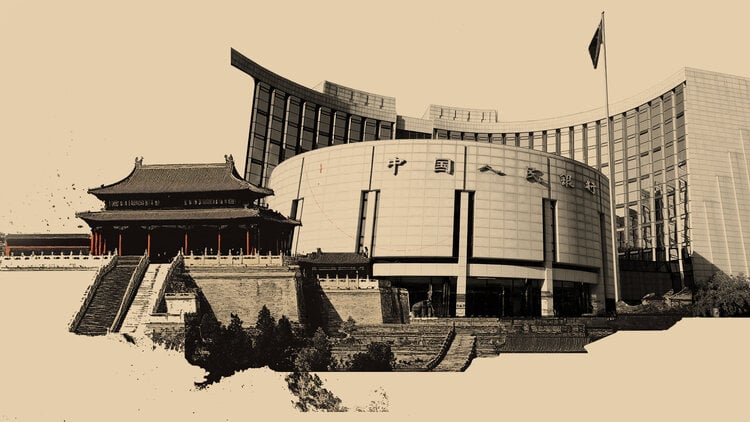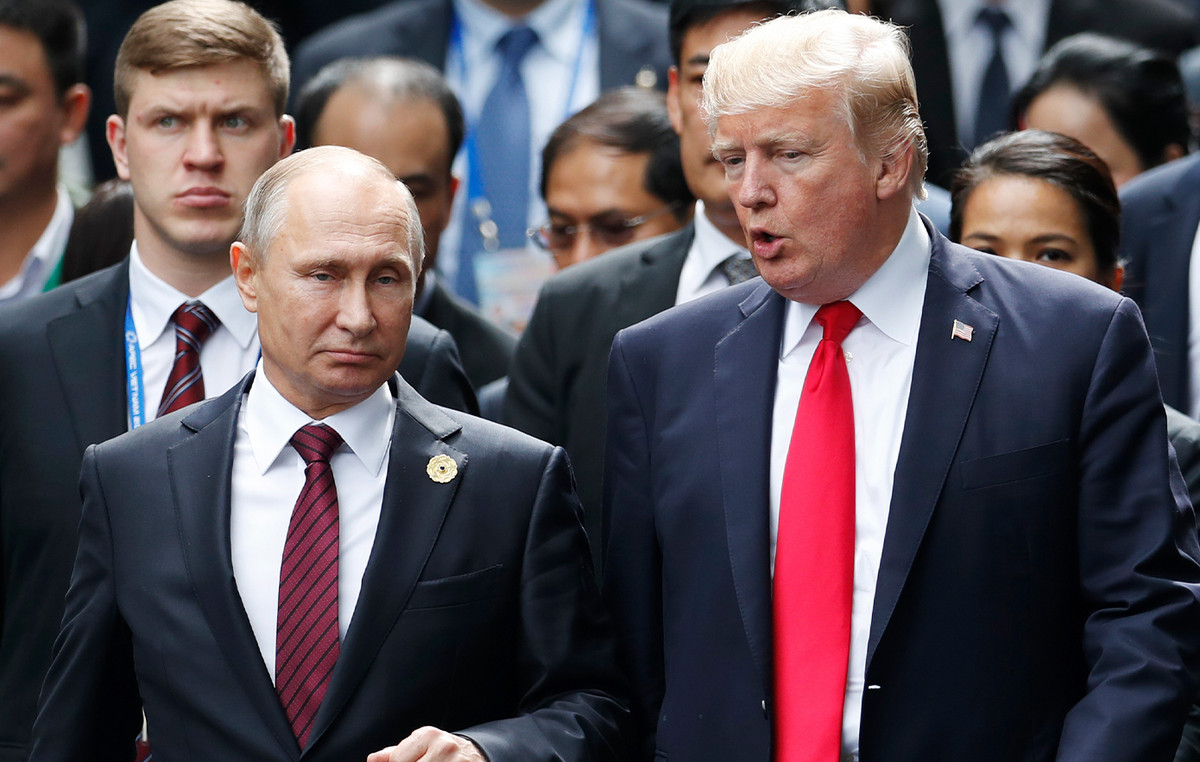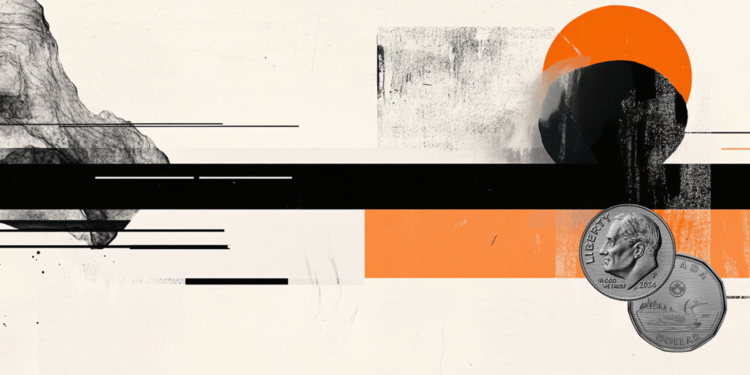In mid-February, an NFT trading marketplace called Blur launched its own token and distributed it among users. The long-awaited “airdrop” became a tool to attract traders and liquidity to Blur, which allowed the platform to capture a significant market share, and its main competitor had to adapt to the new rules of the game, writes RBC Crypto.
The token that received the ticker BLUR will serve as its own asset to run the platform. 360 million tokens were allocated for the airdrop, which is about 12% of the total supply of the project. On the day of the launch of the token, it was placed by several large crypto exchanges, including Coinbase, KuCoin, OKX and others.
By launching the airdrop, Blur admins took a gamified approach, where they did not distribute tokens directly into the wallets of active users in the usual way. Instead, participants received packages called Care Packages, the content of which corresponded to the number of “loyalty points” of the platform. The packs had four levels of rarity, each corresponding to some form of user activity on Blur since the platform’s launch. Depending on the indicators, the amount of accrued tokens has already been calculated.
Blur is aimed at professional traders by offering advanced trading tools, no commissions, and optional royalties that accrue to the original NFT creator on every secondary sale. The largest NFT platform OpenSea is often criticized for limited functionality and intermittent technical problems, and Blur in this context also looks more advantageous than its main competitor. The combination of mechanisms for attracting users has led to the fact that the platform got out to the NFT market leaders in terms of trading volume, ahead of OpenSea.
Marketplace war
Literally the day after the sensational token giveaway, volumes on Blur more than quadrupled, which brought the competition between the two largest players in the market to a new level. The platform first took first place in terms of trading volume back in December, but it has been a much smoother growth. Interestingly, in the moment, Blur caught up with OpenSea in terms of the number of unique users for the first time. This parameter is probably even more important than trading volumes. It’s no secret that a significant portion of users artificially ramped up their trading activity in anticipation of a more generous airdrop from Blur, and therefore the estimate of total volumes is somewhat unbiased.
The confrontation escalated even more as a result of the aggressive tactics used by Blur to conquer the market. Unlike OpenSea, Blur has no trading fees, while NFT resale royalties are optional and not forced. However, the Blur administrators have openly announced that they will pay royalties of any amount to those collection creators who refuse to sell on OpenSea. Previously, the latter began to encourage creators who blocked sales on other marketplaces, and in its statement, Blur positioned itself as a defensive party against “non-competitive practices.”
It is noteworthy that in response, for the sake of users, OpenSea temporarily disabled commissions for transactions, which previously amounted to 2.5%, and announced that the amount of royalties would also not be set on a mandatory basis. The text of the official announcement of the initiative of the largest marketplace was formulated in a revealingly critical tone towards an unnamed competitor. After that, the crypto community began to actively discuss the potential release of its own token by the platform.
How to measure loyalty
Prior to the launch of the token, Blur had three phases with different eligibility criteria for the airdrop. The first phase was announced in May 2022, when the platform was in closed beta testing. Those who then brought new people to register on the platform were included in the list of recipients of tokens in the distribution.
As part of the second phase, which was announced in October 2022, users who have been actively trading NFTs over the past six months, regardless of the trading platform used, were rewarded. At the same time, according to the conditions, it was also necessary to issue NFTs on Blur, which increased the supply of assets on the platform as a whole.
If the second stage focused on creating supply, the third stimulated demand. During the final phase, loyalty points were awarded for participating in trading directly on Blur. At the same time, active traders who created more offers to buy NFTs received even more tokens in the future.
This approach also allowed Blur to test and implement new features, as well as stimulate organic user growth, while encouraging any virality and attracting new people through the referral system. As a result, more than 115,000 users received BLUR tokens in the airdrop, and the average amount per person in dollar terms was $2,943.
Economics and prospects
The release of Blur tokens was a testament to how, if implemented well, a token giveaway can be a successful incentive mechanism to encourage users to take action and help grow a new platform.
Often, blockchain projects use one-time retroactive token airdrops to reward early adopters. One of the competitive NFT marketplaces, LooksRare, was the first to launch its own token that encourages users to trade on the platform. Whereas Blur had a multi-stage airdrop strategy, LooksRare rewarded traders directly based on their trading volumes, allowing them to run virtually unhindered the hype that analytics platforms have documented. Shortly after its launch in January 2022, the LOOKS token reached an all-time high of $7 in a few days, but has since lost 97% of its value and is trading at $0.18 with a market cap of $86 million at press time.
The BLUR token has shown noticeable volatility since the start of trading on exchanges on February 14, closing the first day of trading at $0.60 and jumping to a high of $1.40 on February 19. At the time of publication, the token cent is $0.83 with a capitalization of more than $330 million, according to CoinMarketCap.
Details about the utility of the token are vague, and it is not yet clear how exactly BLUR will maintain value in the future. The Decentralized Autonomous Organization (DAO) formed around Blur will decide how to dispose of the platform’s key assets, for example, assign development grants from the DAO budget to expand the service. These decisions will go a long way in shaping the future growth of the platform and Blur’s success in the competitive marketplace.
As part of the announced second “season” of the Blur airdrop, platform users are promised even more rewards in the form of tokens. An additional 300 million tokens will be distributed among those who issue NFTs and trade them on the platform. The loyalty of the participants will be given even more attention: more tokens will go to those whose activity comes from wallets as much as possible focused on Blur, and not on competing sites.
Source: Cryptocurrency
I am an experienced journalist and writer with a career in the news industry. My focus is on covering Top News stories for World Stock Market, where I provide comprehensive analysis and commentary on markets around the world. I have expertise in writing both long-form articles and shorter pieces that deliver timely, relevant updates to readers.







